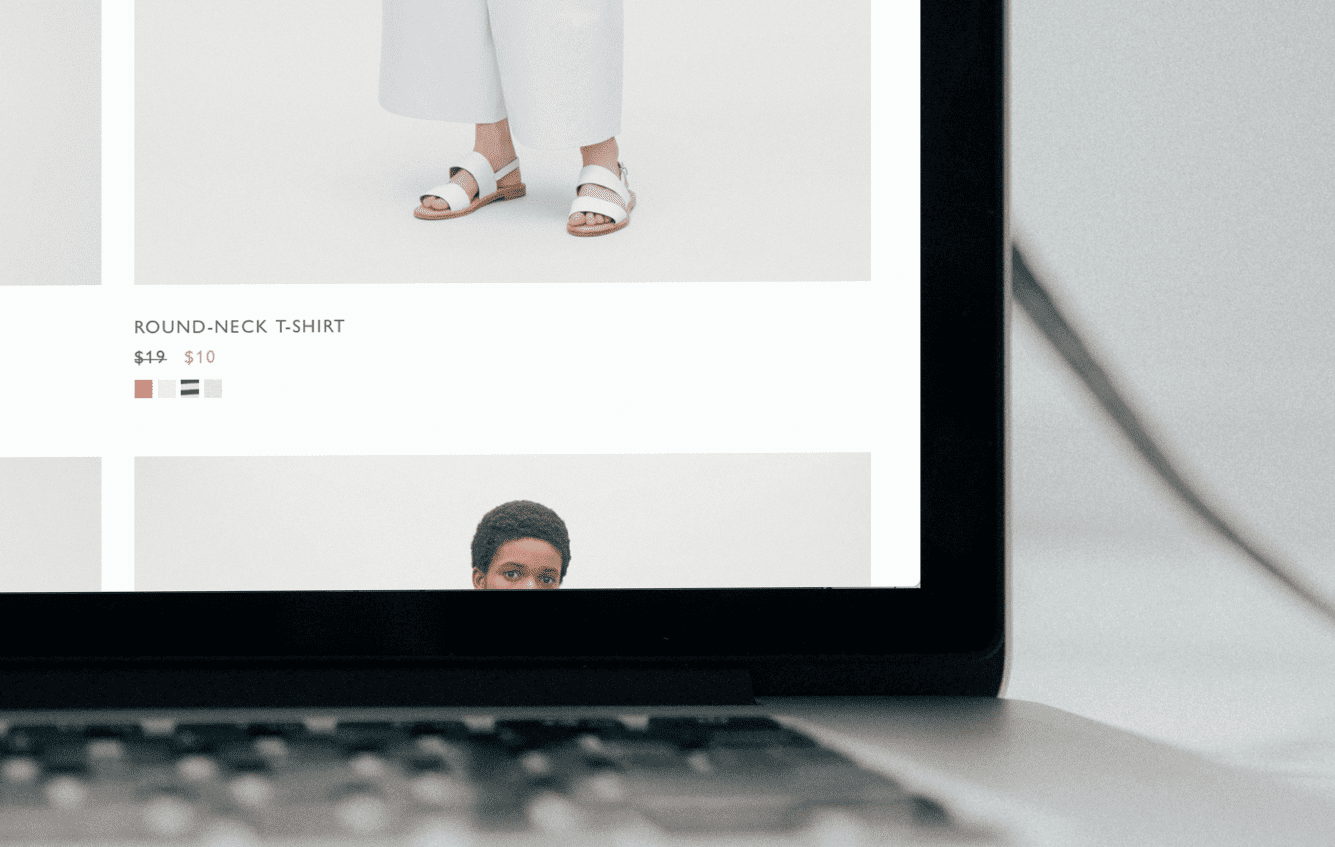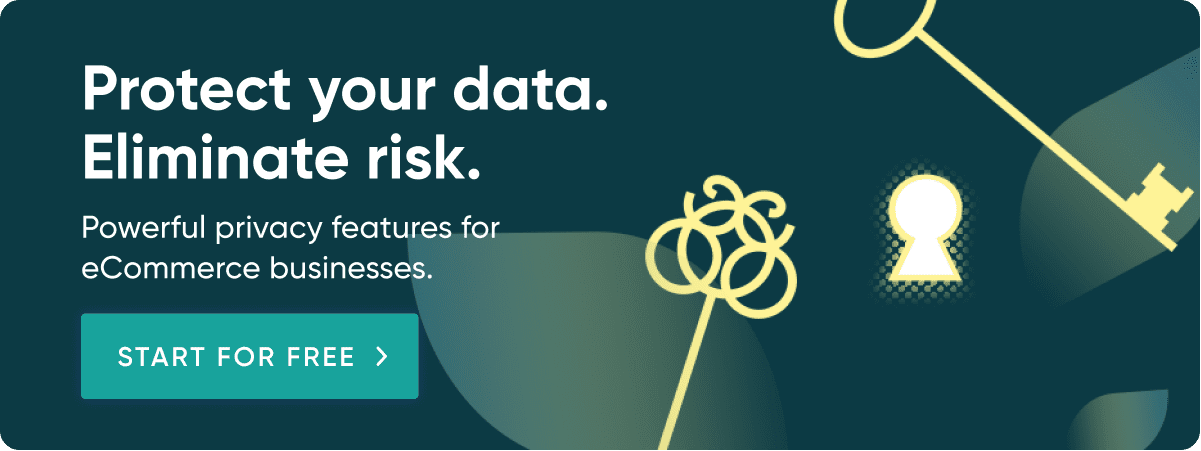The 5 Most Common Mistakes That New Shopify Store Owners Make

Table of Contents
Brand new to the world of Shopify?
Avoid these super common pitfalls to get off to the very best start.
Starting a new business can be a real thrill – and launching an ecommerce store is no different. Anyone who’s carefully planned and populated a new Shopify store will appreciate the mixture of excitement and anticipation experienced, as your finger hovers over the button and you prepare to go live.
But if we’re being really honest – are there a few nerves in the mix as well? Shopify is designed to make launching an online retail store a simple, streamlined and safe process, but it can still feel like there’s the capacity to make a few honest mistakes, especially as a first-time ecommerce entrepreneur.
In this article, we’ll cover five of the most common mistakes that online retailers new to the Shopify game might find themselves making - and give you a few hints on how to effortlessly sidestep these pitfalls.
1. Failing To Set Up A Primary Domain
Before setting your store live, be sure to take a little time to set up a primary domain. Your primary domain is the one that will be displayed as default in all your public-facing pages. This means that a your-store-name.myshopify.com format will be displayed, instead of a custom domain name.
Why is it worth going to the effort of ensuring this is set up before going live? It won’t impact the way that shoppers can navigate your store, but failing to update your primary domain does impact the sense of professionalism your store conveys.
This can impact upon the trust that a customer feels with regard to your brand, and that’s something to avoid at all costs, especially as a newer store that still needs to build up a trustworthy reputation.
Fix The Problem: Updating your primary domain is simple. Buy a custom domain (you can do this directly from Shopify if you wish) and follow these simple steps to ensure your URLs are proudly flying the flag for your fledging brand!
2. Uploading A Privacy Policy Template
A privacy policy is a legal document giving detailed information about the way that you handle, store and use the data that your visitors generate. In addition to providing clear coverage of your data policies, it's also an important factor when it comes to building trust and creating greater transparency between you and your customers.
Many first-time Shopify store owners will turn to a templated solution, as it's important to ensure that all legal requirements are met (and these simply aren’t the type of documents that anyone but an experienced lawyer should be writing from scratch!) Templates offer quick generation of a basic policy.
Unfortunately, many people fail to realize that templates are just that – templates. They require customization and input from the user in order to be relevant to your store (and fulfil the legal requirements they’re intended to meet!) Too many new Shopify store owners end up launching a store that contains a basic, unedited (and illegal) template.
Fix The Problem: Work with a solution like Enzuzo to benefit from a fully customized, user-friendly and dynamic privacy policy, which automatically updates to meet with changing data privacy legislation. Help build trust with an integrated data request form, putting your customers in control of their privacy. Basic accounts (including a cookie consent banner) are free forever.
3. Undervaluing The Power Of Branding
In theory, we all know we shouldn’t judge a book by its cover, but in practice? Branding plays a huge role in the first impression that your store gives to prospective customers. Shopify has some very well-designed free themes, but go wild with a wide range of mismatched fonts and colours, and even they won’t be able to provide you with a professional storefront.
Take a little time to decide on the way that your new ecommerce brand will be represented visually. Aim to create an impression that appeals to your target audience - factor in elements like brand colours (keep it simple), fonts, tone of voice and a logo.
Too many stores fail to take branding into account, and the result is chaotic customer experience, completely lacking consistency across the various touchpoints of the user journey.
Fix The Problem: A wide range of free online tools exist to help you build up your brand’s look and feel. From business names through to logos and slogans, you don’t necessarily need to hire a designer to get a decent-looking store ready for launch.
4. Failing To Properly Promote
Building a store that’s professional-looking, beautifully designed, trustworthy and fully compliant is one thing. People finding it is quite another! As a new store, without an existing reputation or a decent search engine rank position, you’re up against it in terms of attracting a steady stream of customers.
When it comes to ecommerce, unfortunately it’s not a case of “if you build it, they will come.” Too many new store owners focus all their attention on getting themselves to launch, and fail to properly prepare for the work that’s needed afterwards to build momentum and start strategically driving more custom to their business.
Fix The Problem: The groundwork of promotion needs to start well in advance of your store launching. Create a proper business plan that researches and profiles your ideal customers, and then sets out a clear strategy for getting appealing offers and products in front of them, while you build your reputation.
5. Going Crazy In The App Store
With such a wide array of solutions and additional functionality available within the Shopify App store, many new store owners get a little carried away.
While tricking your brand new store out like a Swiss army knife might be tempting, store owners can all too easily find themselves overwhelmed by notifications, onboarding emails and bugs caused by apps they never end up using.
Even worse, weigh down your store with an excessive amount of unnecessary apps and you may even see a performance dip. Slower load times mean fewer conversions, so avoid this at all costs.
Fix The Problem: Instead of downloading every app with an appealing promise, as you slowly grow your store, focus on the ones that bring a tangible benefit to the essential core components. Privacy is a great place to start.
Good Luck Launching Your New Shopify Store!
Getting a new Shopify store up and running is a hugely exciting venture – and the potential is endless. While it’s hard to go too far wrong with a platform that sets you up for success in the way that Shopify does, by taking care to avoid these five common mistakes, you can maximize the chances of your new store really taking off.
If you’re looking for the reassurance of a fully compliant and beautifully customized privacy policy, as well as better control over your customers' data privacy (essential for building that all important early trust) bring Enzuzo on board from the very beginning of your journey.
Cat Hunter
